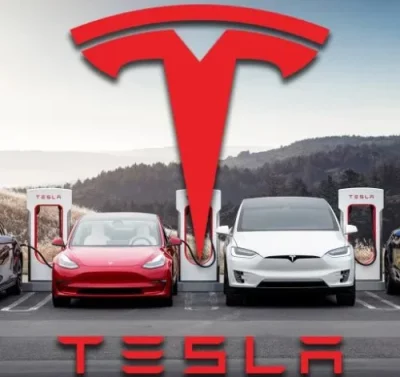Centre to infuse equity in 3 OMCs after they announce capex plans. The administration of India is currently contemplating the possibility of injecting additional funds and potentially increasing its holdings in three major petroleum marketing companies (PMCs), namely the Indian Oil Corporation (IOC), Bharat Petroleum Corporation Ltd (BPCL), and Hindustan Petroleum Corporation Ltd (HPCL), contingent upon their submission of proposals for capital investment.
The government has apportioned a total sum of Rs 30,000 crore for providing capital support to these PMCs. However, the PMCs are apprehensive that the injection of funds may adversely affect their stock price, market valuation, and general market sentiment.
These three companies meet over 90% of India’s petroleum demand but are currently facing financial strain. In the first half of the last financial year, they booked a cumulative loss of Rs 27,276 crore due to selling liquefied petroleum gas (LPG) and other cooking gases below the cost price, which is regulated by the Centre.
Last October, the Centre accorded a one-time allocation of Rs 22,000 crore to OMCs to offset their losses. However, in January this year, these corporations appealed for an additional Rs 50,000 crore cash indemnity from the Centre to fulfil their prerequisites for 2023-24. The discrepancy between the previous allotment and the current demand manifests a significant disparity in the companies’ financial liabilities, elucidating their need for greater financial aid.
Currently, the Centre holds a majority stake in these companies. In IOC, it holds a 51.5% stake, while in BPCL, it holds a 52.98% stake, with the rest held by the public. In HPCL, the state-run Oil and Natural Gas Corporation (ONGC) holds a 54.9% stake, and the rest is owned by the public.
The Centre was also planning to sell its entire 52.98% stake in BPCL, but the plan was scrapped due to the Covid-19 pandemic and the Russia-Ukraine war. The OMCs are now hoping for financial help from the government to overcome their financial difficulties.
The infusion of equity by the Centre into OMCs is intended to provide financial assistance, yet it may also have repercussions on their market valuation and perception. The OMCs are apprehensive that the equity infusion may trigger a slump in their share price, thereby impacting market perception negatively.
The financial instruments employed for the infusion of equity have not been finalized. Nevertheless, the Centre must ensure that this equity infusion does not engender any further decline in the market valuation and perception of OMCs, as such consequences could deter their capacity to procure market funds in the future.
To recapitulate, the Indian government’s endeavour to infuse equity in OMCs is an attempt to provide financial backing. However, the government must strike a balance in ensuring that the equity infusion does not adversely affect the market valuation and perception of OMCs. These firms aspire to receive financial assistance from the government to overcome their financial predicaments, and it is the government’s responsibility to guarantee that equity infusion does not exacerbate the decline of their market valuation and perception.















